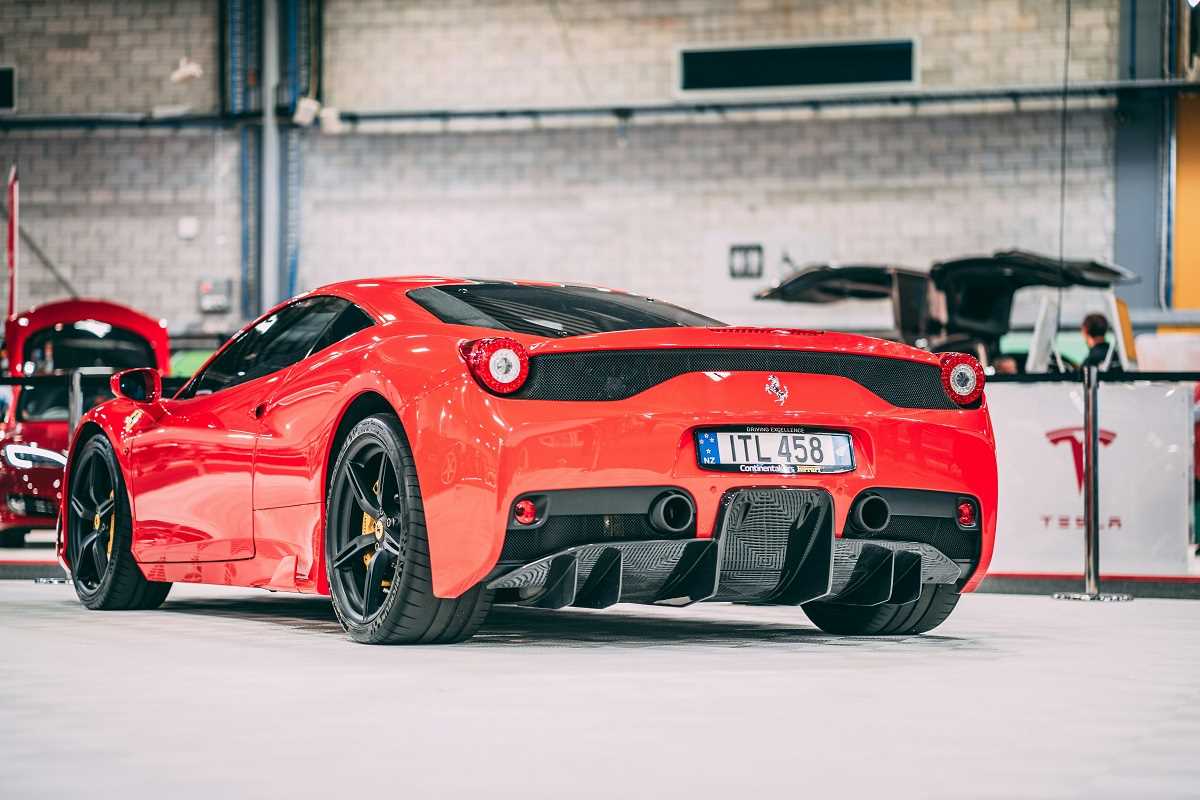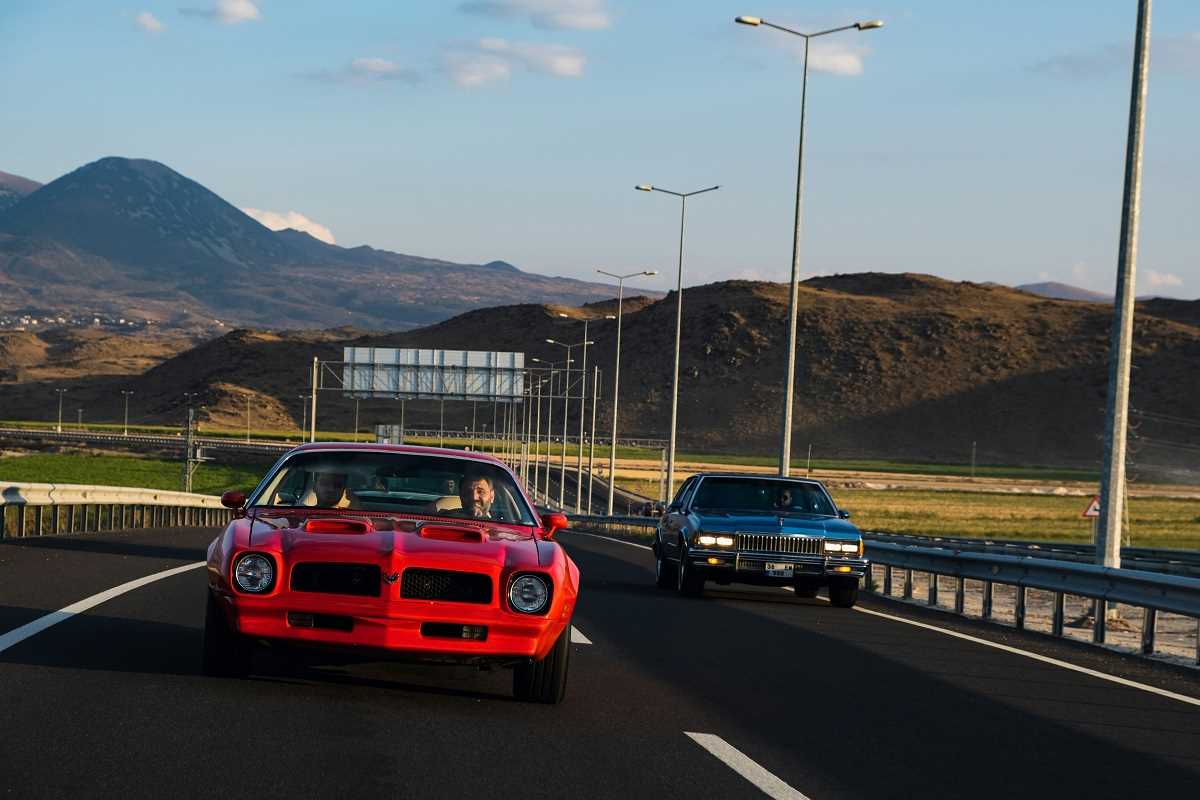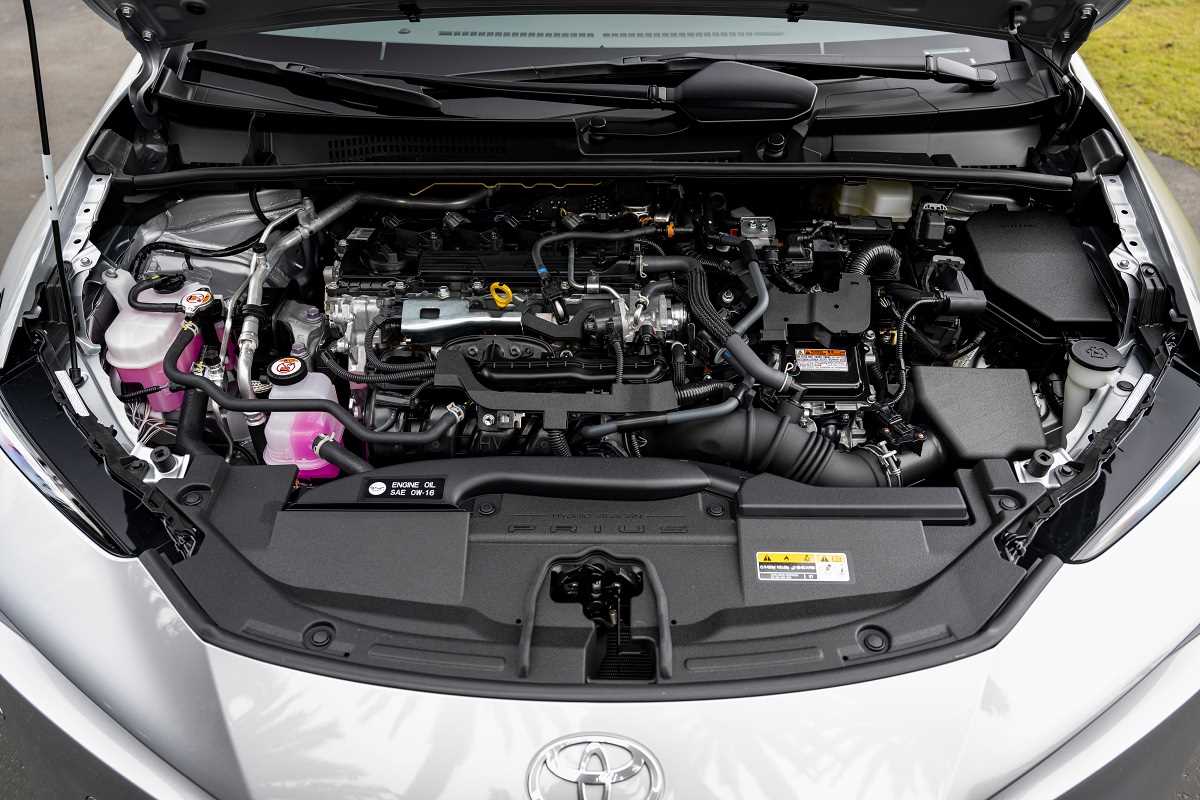Italian supercars are the epitome of speed, luxury, and design. Names like Ferrari, Lamborghini, and Maserati evoke visions of sleek machines streaking down winding roads in the Italian countryside, commanding both respect and awe. But what sets these cars apart from others in the world of high-performance vehicles? The answer lies in their exceptional design, powerful engineering, and the unique Italian craftsmanship that shapes them. Behind these masterpieces are visionaries whose expertise and passion turned dreams into reality. From the breathtaking curves of the cars to the roaring engines beneath their hoods, the magic of Italian supercars is undeniable.
The Allure of Italian Supercars
When you think of a supercar, an Italian model is often the first to come to mind. Why is that? Italian supercars offer more than just speed—they deliver an experience. From the harmony of their aesthetics to the thrilling sound of their engines, these vehicles embody an ideal of perfection. They are not just transportation; they are works of art and status symbols, purchased by only the most discerning enthusiasts.
Italian supercars have always stood out for their passion-infused engineering. These cars are designed for performance on and off the track, making them suitable for both racing and the ultimate luxury driving experience. What marks them as truly magical is how they blend raw power with meticulous refinement, creating a category of their own in the automotive world. The greatest credit for this goes to the masterminds behind the scenes—the designers and engineers who thought beyond the ordinary.
Key Design Elements That Define Italian Supercars
What makes an Italian supercar instantly recognizable? It's all in the details. Supercars from Italy are famous for their sleek aesthetic, cutting-edge technology, and emotional appeal. Every design choice, no matter how small, serves a purpose.
1. Sleek Lines and Aerodynamics
Italian supercars are celebrated for their streamlined silhouettes. Their sleek curves are not mere decoration—they’re precision-engineered to reduce drag while maximizing speed and handling. This focus on aerodynamics ensures the cars perform as brilliantly as they look. One glance at cars like the Ferrari F40 or Lamborghini Aventador makes it clear that style and substance go hand in hand.
2. Powerful Engines
The heart of any supercar is its engine, and Italy excels in producing heart-stopping powertrains. Whether it’s a naturally aspirated V12 from Lamborghini or Ferrari’s revolutionary hybrid systems, these machines are built for thrilling performance. The growl of an Italian engine is unmistakable and adds to the visceral experience of driving one of these cars.
3. Luxurious Interiors
Step inside an Italian supercar, and you'll find an environment that’s just as impressive as the exterior. The interiors are crafted with the finest materials—leather, Alcantara, and carbon fiber dominate these spaces. Beyond the comfort, the interior design emphasizes a driver-centric experience, with ergonomically placed controls and cutting-edge technology that never distracts from the drive.
4. Attention to Detail
Italian supercars are handmade with incredible attention to detail. The stitching on the seats, the positioning of the buttons, and even the paintwork reflect the pride and care put into every vehicle. This obsessive dedication to excellence is part of what elevates Italian supercars above their competitors.
Designers Who Shaped the Italian Supercar Legacy
Behind every iconic car lies a visionary designer. Italian supercars owe their magic to a series of brilliant individuals who combined engineering, art, and ambition to create machines that captured the imagination.
Enzo Ferrari
Enzo Ferrari is a name synonymous with automotive excellence. Not just a designer but also a racing driver, Ferrari was passionate about building cars that were born to win. He founded Ferrari in 1947 with the goal of merging automotive performance with unmatched style. His early vehicles, such as the Ferrari 125 S, set the benchmark for combining racing technology with luxury.
Under Ferrari's leadership, the brand became legendary for producing cars as comfortable on the racetrack as they were on the road. The Ferrari Testarossa and Enzo Ferrari model (named in his honor) remain some of the most adored supercars in history.
Ferruccio Lamborghini
Ferruccio Lamborghini’s legacy in the world of supercars began as a challenge to Ferrari. Originally a tractor manufacturer, Lamborghini had the vision to rival Ferrari’s dominance by creating cars that blended power and elegance. The Lamborghini Miura, launched in 1966, revolutionized the industry by introducing the mid-engine layout, now a staple of high-performance cars.
Lamborghini’s designs were bold, aggressive, and futuristic—a perfect reflection of Ferruccio's ambitions to create “something different.” Today’s Lamborghinis, like the Aventador and Huracan, continue to embody his daring spirit.
Giorgetto Giugiaro
Known as one of the most influential car designers in history, Giorgetto Giugiaro brought a modern, minimalist approach to Italian supercars. He worked on several groundbreaking models, including the Maserati Ghibli and De Tomaso Mangusta. His designs emphasized clean lines and functional beauty, a departure from the flamboyant styles of the era.
Giugiaro’s ability to innovate while respecting tradition ensured his work remained timeless. His role in shaping Italian automotive design cannot be overstated.
The Influence of Italian Culture and Craftsmanship
Italy’s reputation for luxury craftsmanship doesn’t stop at food, fashion, and architecture. The country's love for beauty, tradition, and innovation extends into the world of automotive design. Italian culture prioritizes artistry and emotional impact, which shows in their cars.
Craftsmanship is deeply rooted in Italy. Supercars are often handmade in small batches to ensure quality. This bespoke approach sets them apart from mass-produced vehicles. The designers are inspired by their surroundings—the Tuscan hills, Roman history, and even high-fashion ateliers—channels of creativity that fuel their imagination.
Performance is another element that ties motorcars to Italian heritage. Italians have a strong racing culture, exemplified in events like the Mille Miglia and Formula 1. This racing DNA influences the engineering and design of these supercars, creating vehicles that are not just fast but emotionally engaging to drive.
The Impact and Legacy of Italian Supercars
The magic of Italian supercars extends far beyond the cars themselves. They have profoundly shaped the automotive industry. Brands like Ferrari and Lamborghini have become global symbols of excellence. Their cars continue to push the envelope, setting new standards for performance, luxury, and design.
Today, Italian supercars have embraced technological advancements like electrification and hybrid systems while preserving their core identity. Ferrari’s SF90 Stradale and Lamborghini’s Sian are remarkable examples of this evolution. They prove that innovation can coexist with tradition.
These cars inspire not only automotive enthusiasts but also industries like fashion and art. Owning or even seeing one up close remains a dream for many, a testament to their cultural significance.
Final Thoughts
The magic of Italian supercars lies in their ability to stir emotions, blending power, precision, and beauty with the soul of Italian culture. From the genius of designers like Enzo Ferrari and Ferruccio Lamborghini to the finer details of handcrafted luxury, these cars are testaments to what passion and innovation can achieve.
Italian supercars are more than vehicles—they’re rolling works of art, symbols of status, and pieces of history that continue to inspire. Whether it's the roar of a Ferrari on a racetrack or the striking silhouette of a Lamborghini parked under the Italian sun, these cars remind us of the limitless potential of human creativity.
 (Image via
(Image via

.jpg)



